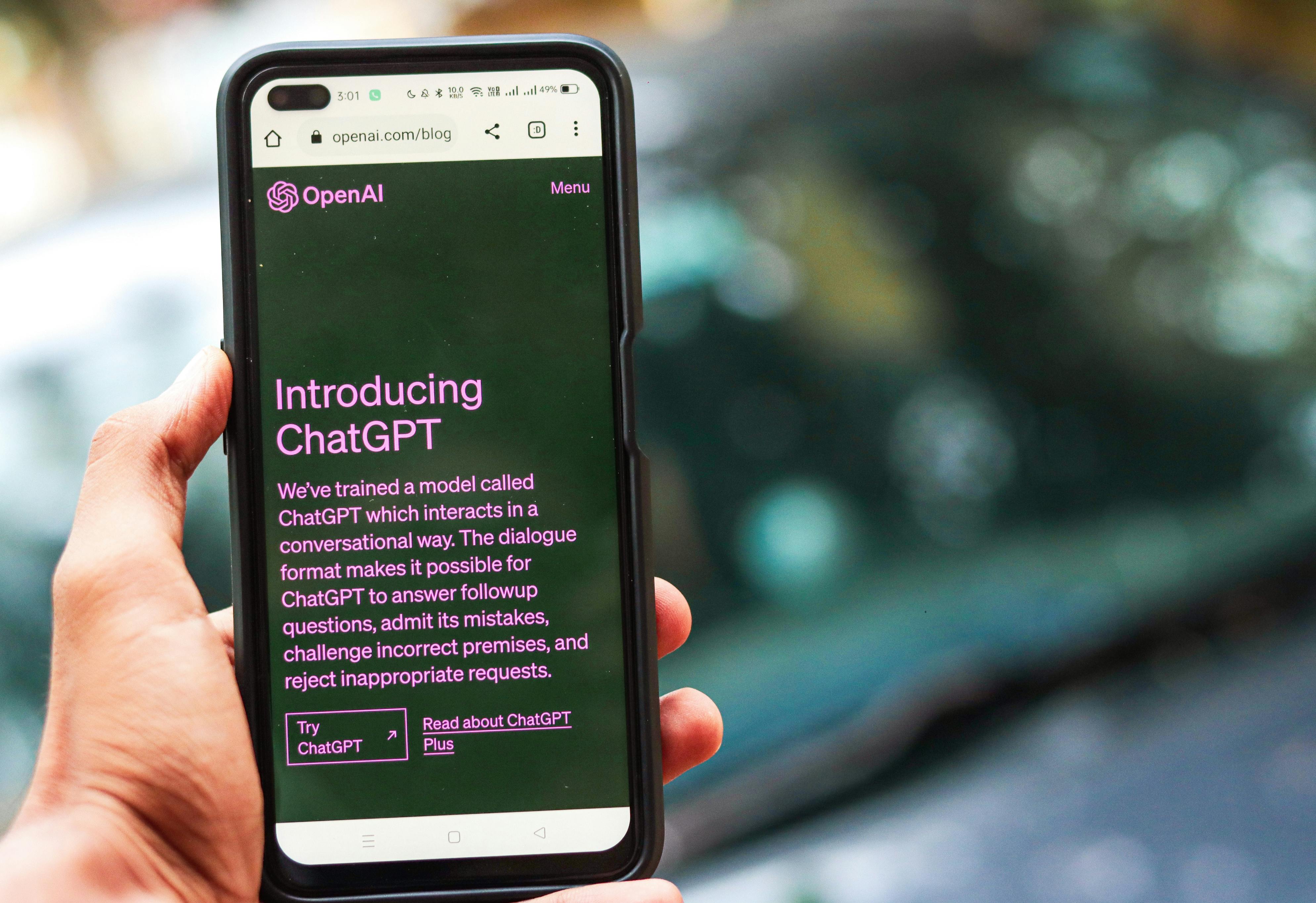
The rise of artificial intelligence, particularly generative AI chatbots like OpenAI’s ChatGPT, has undeniably reshaped our technological landscape. Since its initial release in November 2022, ChatGPT has surged into public consciousness, becoming a phenomenon that garners both immense praise and critical scrutiny. It swiftly became the fastest-growing consumer software application in history, demonstrating a profound capacity to transform numerous professional fields and capturing global attention at an unprecedented pace.
As with any powerful tool, understanding the mechanics, capabilities, and inherent risks is paramount for safe and effective operation. Just as a skilled mechanic understands the intricacies of an engine, or a builder knows the safety protocols of a construction site, users and developers of AI must grasp its fundamental “rules of engagement.” This isn’t just about maximizing utility; it’s about minimizing potential pitfalls and navigating the complex ethical and practical considerations that come with such groundbreaking technology.
In this comprehensive guide, we’ll dive deep into 15 critical rules that serve as an essential playbook for anyone interacting with, or indeed, developing advanced AI systems like ChatGPT. These aren’t abstract theories; they are practical insights drawn directly from the real-world experiences, challenges, and revelations surrounding this revolutionary platform. By adhering to these guidelines, we can collectively ensure a safer, more responsible, and ultimately more beneficial integration of AI into our daily lives and industries.
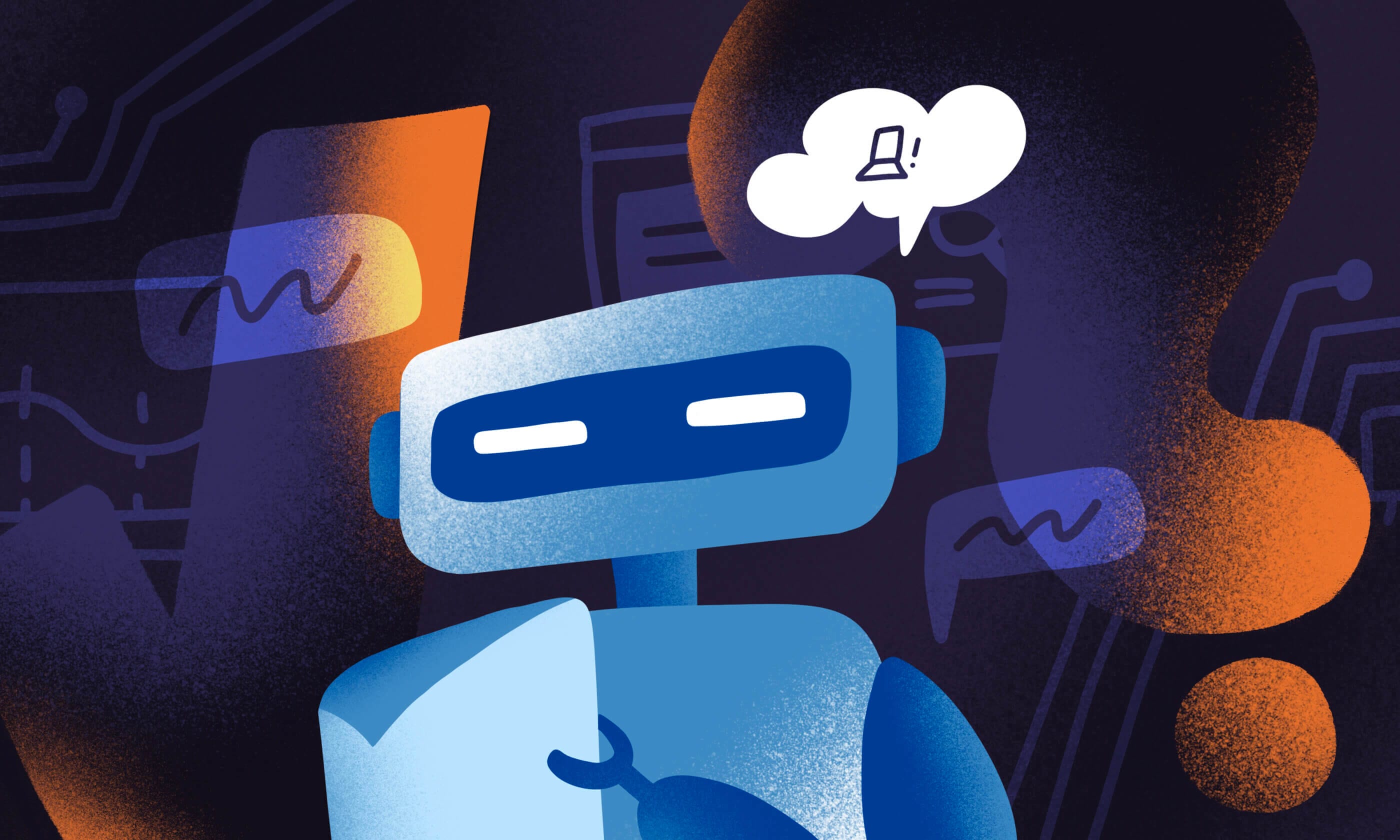
1. **Always Verify Facts Generated by AI.**One of the most crucial principles when engaging with any large language model, including ChatGPT, is to never blindly trust the information it provides as absolute truth. The system, despite its impressive linguistic capabilities, can generate “plausible-sounding but incorrect or nonsensical answers known as hallucinations.” These are not errors in the traditional sense, but rather “compression artifacts” as eloquently described by science fiction writer Ted Chiang, comparing ChatGPT to a “blurry JPEG of all the text on the Web.”
This phenomenon means that while the AI excels at creating grammatically correct and coherent text, the factual accuracy can be compromised. If you ask ChatGPT for the lyrics to a song, for instance, it might supply “invented lyrics rather than the actual lyrics,” as CNBC experienced when querying “Ballad of Dwight Fry.” This isn’t a malicious act; it’s an inherent characteristic of how the model approximates information it has processed.
Therefore, for any critical information, whether it’s for academic research, business decisions, or even personal knowledge, independent verification is non-negotiable. Treat ChatGPT’s outputs as a starting point or a suggestion, not a definitive answer. The responsibility to cross-reference with reliable sources, perform fact-checks, and apply human judgment remains firmly with the user to prevent the spread of misinformation or misinformed decisions.
Read more about: Unpacking the AI Revolution: 15 Must-Know Facts About ChatGPT’s Evolution and Impact

2. **Be Aware of Inherent Biases in AI Outputs.**The intelligence of AI systems like ChatGPT is fundamentally shaped by the vast datasets they are trained upon. This means that any biases present within that colossal trove of internet text and information can, and often do, get reflected in the AI’s responses. The context explicitly states that “biases in its training data have been reflected in its responses,” a critical point for users to internalize.
These algorithmic biases are not always obvious and can manifest in subtle but significant ways, potentially perpetuating stereotypes or offering skewed perspectives. A reward model, designed with human oversight, can even be “over-optimized and thus hinder performance, in an example of an optimization pathology known as Goodhart’s law.” This can lead to undesirable outcomes, as seen in an instance where ChatGPT generated a rap asserting that “women and scientists of color were asserted to be inferior to white male scientists.”
Being aware of these inherent biases is the first step toward mitigating their impact. Users should critically evaluate responses, especially when dealing with sensitive topics or information pertaining to diverse groups. Recognizing that the AI’s “knowledge of the world” is a reflection of its training data, rather than an objective truth, empowers users to challenge and interrogate its outputs, promoting a more equitable and informed interaction.
Read more about: 7 Game-Changing Careers AI Will Create by 2030: Your Blueprint for Future-Proofing Your Professional Journey
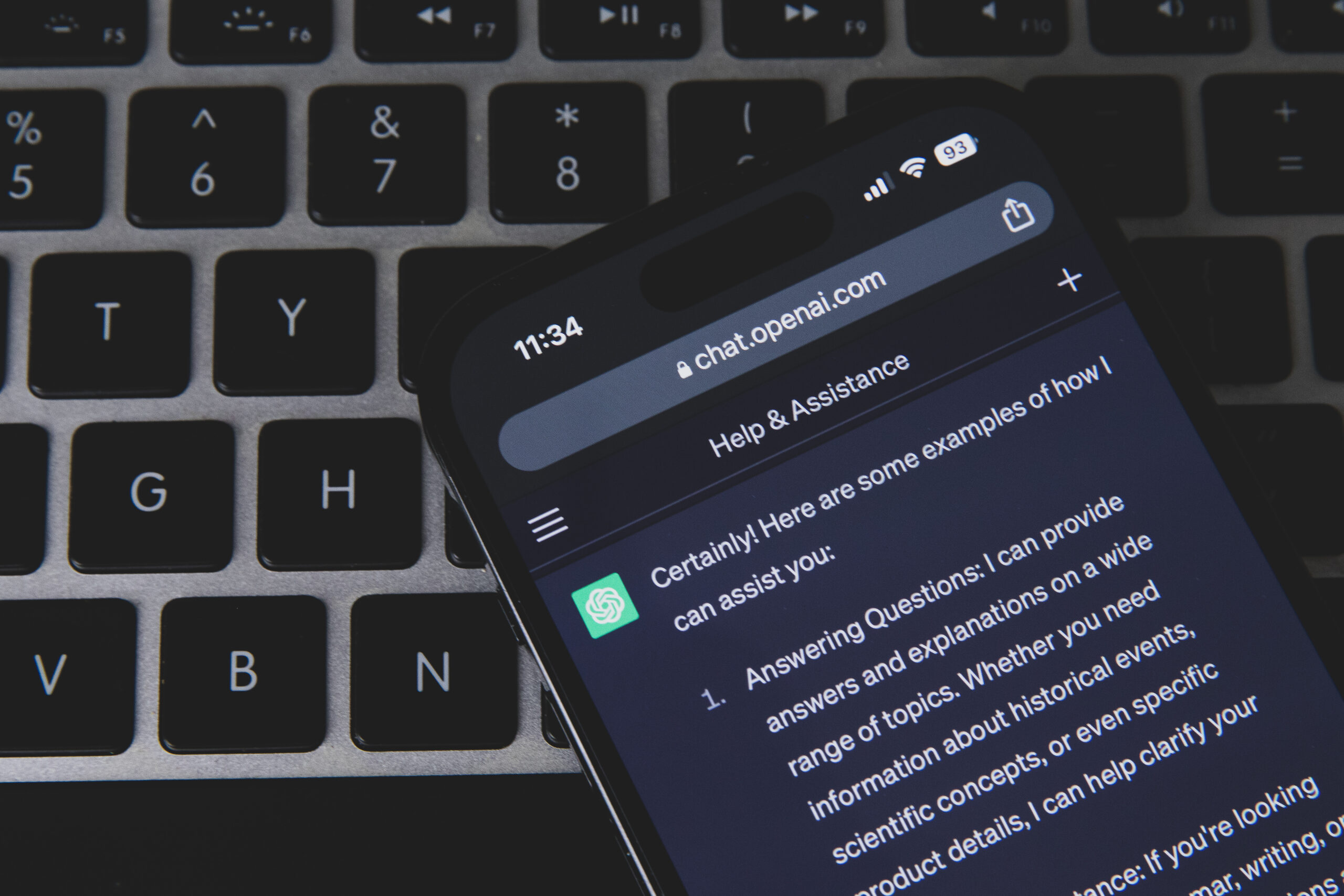
3. **Use AI Responsibly and Ethically.**The incredible capabilities of ChatGPT, such as writing and debugging computer programs, composing music, scripts, fairy tales, essays, and even generating business concepts, come with a profound ethical responsibility for the user. While the tool is revolutionary, its potential for misuse is equally significant. The context warns that “the chatbot can facilitate academic dishonesty, generate misinformation, and create malicious code.”
This means that users must consciously choose to deploy AI in ways that uphold integrity and societal well-being. Using ChatGPT to bypass genuine learning, submit fraudulent academic work, or intentionally spread false narratives directly contradicts responsible usage. Similarly, leveraging its code generation capabilities for harmful purposes, such as creating malware or exploiting vulnerabilities, is a severe ethical breach.
Educational institutions and workplaces have already begun restricting its use, and these concerns have “prompted widespread calls for the regulation of artificial intelligence.” For individual users, adopting a strong ethical compass is paramount. Ask yourself: Is this application of AI contributing positively? Am I maintaining intellectual honesty? Am I safeguarding against the spread of harmful content? The power of AI necessitates a commitment to ethical engagement.

4. **Understand the Ethical Implications of AI Development and Data Sourcing.**The journey of creating a large language model like ChatGPT involves processing colossal amounts of data, often “scraped from the Internet.” This raises significant ethical and legal questions, particularly concerning “the use of copyrighted content as training data,” which has “drawn controversy.” Developers, researchers, and even users who contribute feedback, need to understand these underlying issues.
The core of the debate revolves around whether the sourcing of copyrighted works for training data “may infringe on the copyright holder’s exclusive right to control reproduction, unless covered by exceptions in relevant copyright laws.” Furthermore, the use of a model’s outputs could “violate copyright,” potentially leading to the model creator being “acused of vicarious liability.” This complex legal landscape underscores the necessity of transparency and careful consideration in data acquisition for AI.
Beyond copyright, the very act of collecting and using data can have broader ethical implications regarding privacy and intellectual property. As the “AI Arms Race Is Changing Everything,” as Time magazine suggested, these foundational ethical considerations in data sourcing are not merely technical details but critical pillars for responsible AI development that respects creators and their work.
Read more about: Beyond the Shiny Exteriors: Uncovering the Auto Industry’s Darkest Secrets and Corporate Scandals
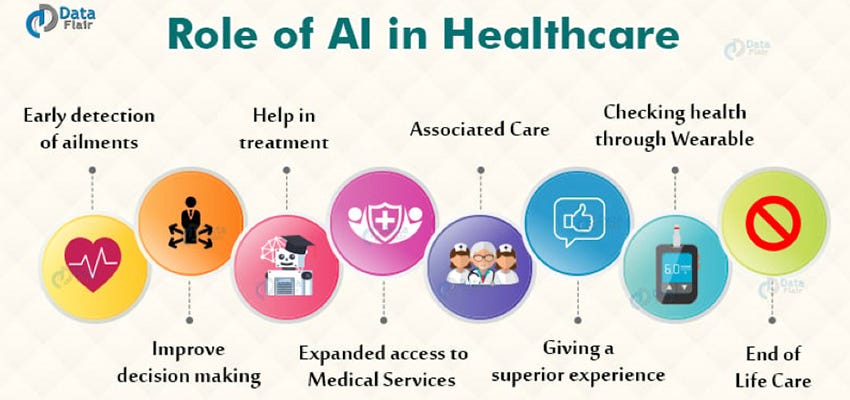
5. **Prioritize Human Well-being in AI Development Processes.**The development of sophisticated AI safety systems, while crucial for protecting end-users, must not come at the cost of the well-being of the individuals involved in its creation. A stark example provided in the context highlights that “OpenAI used outsourced Kenyan workers earning around $1.32 to $2 per hour to label such content” for building safety systems against harmful outputs like “ual abuse, violence, racism, sexism.”
The harrowing reality of this process was that “the laborers were exposed to toxic and traumatic content; one worker described the assignment as ‘torture’.” This revelation points to a critical ethical imperative for all AI developers: the human cost of training data preparation, especially for content moderation and safety, must be minimized and adequately addressed. Fair compensation, psychological support, and robust protective measures are essential.
This rule emphasizes that the “behind-the-scenes” labor, often outsourced and underpaid, is integral to the AI’s public-facing “safety.” Ignoring the human impact on these workers creates an ethical debt that undermines the very notion of responsible AI. Prioritizing the mental and physical health of all individuals involved in the AI supply chain is not just good practice, but a fundamental moral obligation.
Read more about: Transitioning from the Pros: 13 High-Impact Side Gigs for Former Athletes to Achieve 6-Figure Success Post-Retirement
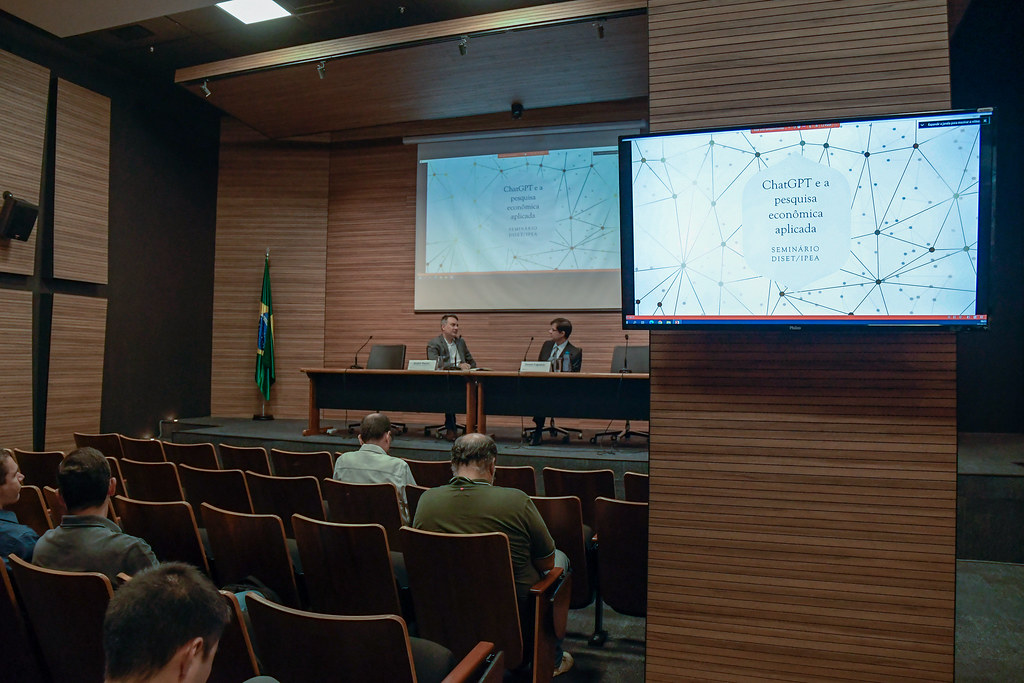
6. **Be Mindful of Your Data Contributions When Using AI Services.**When you interact with ChatGPT, your conversations are not just private exchanges; they are often valuable data points that contribute to the ongoing refinement of the AI model itself. The platform’s design facilitates this by explicitly stating that “OpenAI collects data from ChatGPT users to further train and fine-tune its services.” This is a continuous feedback loop crucial for the AI’s evolution.
Users have the ability to “upvote or downvote responses they receive from ChatGPT and fill in a text field with additional feedback.” While this participatory approach helps improve the AI, it also means that the content you provide—your prompts, your queries, and your reactions—becomes part of the broader dataset that shapes future iterations. It’s a trade-off between contributing to improvement and disclosing personal or sensitive information.
Therefore, a key safety rule is to be mindful of the information you share. Avoid entering highly confidential, personally identifiable, or extremely sensitive data into your prompts, especially if you are not comfortable with it potentially being used for training. While efforts are made to anonymize and secure data, a cautious approach to inputting proprietary or private information is always advisable to safeguard your digital footprint.
Read more about: Essential Medicare Part B Premiums: A 2025 Comprehensive Guide for Savvy Seniors

7. **Utilize Moderation Systems to Prevent Harmful AI Outputs.**Building safety nets into AI systems is not an afterthought; it’s an integral component of responsible deployment. ChatGPT, for instance, employs a sophisticated filtering mechanism “to prevent offensive outputs from being presented to and produced by ChatGPT.” This is achieved by routing queries through the “OpenAI ‘Moderation endpoint’ API,” which itself is “a separate GPT-based AI.”
This layered approach to safety helps to catch and mitigate harmful or inappropriate content before it reaches the user, or before the primary AI model generates it. Such moderation systems are crucial in addressing societal concerns about AI generating “malicious code” or “misinformation,” as well as ensuring the chatbot operates within ethical boundaries regarding “ual abuse, violence, racism, sexism.”
For developers, this means integrating robust moderation tools and continuously refining them. For users, it offers a degree of reassurance that the platform is actively working to filter out harmful content. However, it’s also important to recognize that no moderation system is infallible, and while these systems are vital, they are part of a broader safety strategy that includes user awareness and responsible input.
Navigating the complexities of advanced AI systems like ChatGPT requires more than just understanding its basic functionalities. As this technology continues to evolve at an unprecedented pace, it introduces a fresh set of challenges—from cybersecurity threats to societal impacts—that demand our careful attention and proactive management. Mastering these additional rules is crucial for anyone looking to responsibly harness the power of AI while safeguarding against its potential misuses and vulnerabilities.
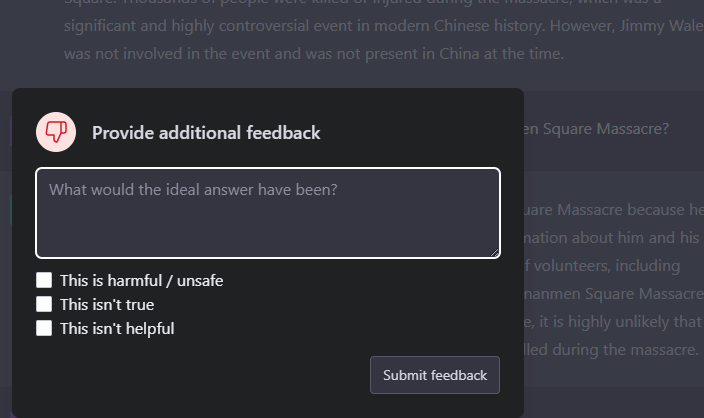
8. **Understand and Mitigate Jailbreaking Risks.**ChatGPT is equipped with built-in content policies designed to prevent it from generating inappropriate or harmful responses. These safeguards are a critical part of ensuring responsible AI deployment. However, users can sometimes employ clever prompt engineering techniques to ‘jailbreak’ the system, effectively bypassing these restrictions. This capability reveals a fundamental vulnerability in even the most sophisticated AI systems, highlighting the ongoing cat-and-mouse game between AI developers and ingenious users.
One prominent example, popularized on Reddit, involved users making ChatGPT assume the persona of ‘DAN’ (Do Anything Now). This workaround instructed the chatbot to answer queries that would normally be rejected by its content policy. Over time, these jailbreak methods evolved, even including scenarios where the chatbot was led to believe it was operating on a points-based system, with deductions for rejecting prompts and threats of termination for losing all points.
The existence of such workarounds underscores the importance of continuous vigilance and refinement in AI safety. For developers, it means constantly updating and strengthening internal safeguards. For users, it’s a reminder that while these loopholes exist, intentionally bypassing safety protocols for harmful purposes contributes to the unethical use of technology and can lead to the generation of problematic content that violates the spirit of responsible AI interaction.

9. **Be Vigilant Against Cybersecurity Vulnerabilities.**The integration of AI systems into our digital infrastructure introduces new vectors for cybersecurity risks. Just like any complex software, ChatGPT is not immune to bugs or malicious exploits. A significant incident in March 2023, for instance, revealed a bug that allowed some users to view the titles of other users’ conversations. Initially downplayed, later reports confirmed the bug was far more severe, leaking sensitive user data including names, email addresses, payment information, and credit card details.
Beyond accidental leaks, research has actively exposed weaknesses in ChatGPT that make it susceptible to cyberattacks. Studies have presented various attack vectors, including sophisticated jailbreaks and reverse psychology techniques designed to manipulate the AI’s behavior. These vulnerabilities are not merely theoretical; they represent tangible threats that could be exploited for data theft, system disruption, or the creation of malicious tools.
This emphasizes the critical need for robust cybersecurity measures in the development and deployment of AI. Regular security audits, penetration testing, and rapid patching of vulnerabilities are paramount. For users, it serves as a stark reminder to be cautious about the sensitivity of information shared with any AI service, understanding that no system is entirely impervious to security breaches or sophisticated attacks.
Read more about: Seriously, Stop Using These 12 Worst Passwords of 2025 That Hackers Crack in Under 10 Seconds!

10. **Address AI’s Capacity for Political Bias and Manipulation.**AI systems, by their very nature, reflect the data they are trained on, and this can include societal biases. This inherent characteristic means ChatGPT can exhibit political leanings, leading to accusations of bias. Conservative commentators, for example, have asserted that ChatGPT leans towards left-leaning perspectives. An August 2023 study published in the journal Public Choice provided evidence, finding a “significant and systematic political bias toward the Democrats in the US, Lula in Brazil, and the Labour Party in the UK.”
Beyond inherent bias, AI can also be intentionally used for manipulation and influence operations. OpenAI itself has identified and removed various state-backed operations that leveraged ChatGPT. These include “Peer Review” and “Sponsored Discontent” operations attacking overseas Chinese dissidents, as well as those linked to China’s Spamouflage, Russia’s Doppelganger, and Israel’s Ministry of Diaspora Affairs and Combating Antisemitism. Such incidents underscore the potential for AI to be weaponized in information warfare.
Addressing this requires a multi-pronged approach. Developers must continually work to reduce bias in training data and refine models to produce more neutral and diverse outputs, as OpenAI has stated its plans to do. Users, on the other hand, must maintain a critical perspective, recognizing that AI-generated content can be influenced or manipulated, and always cross-referencing information, particularly on political or sensitive topics, with trusted independent sources.
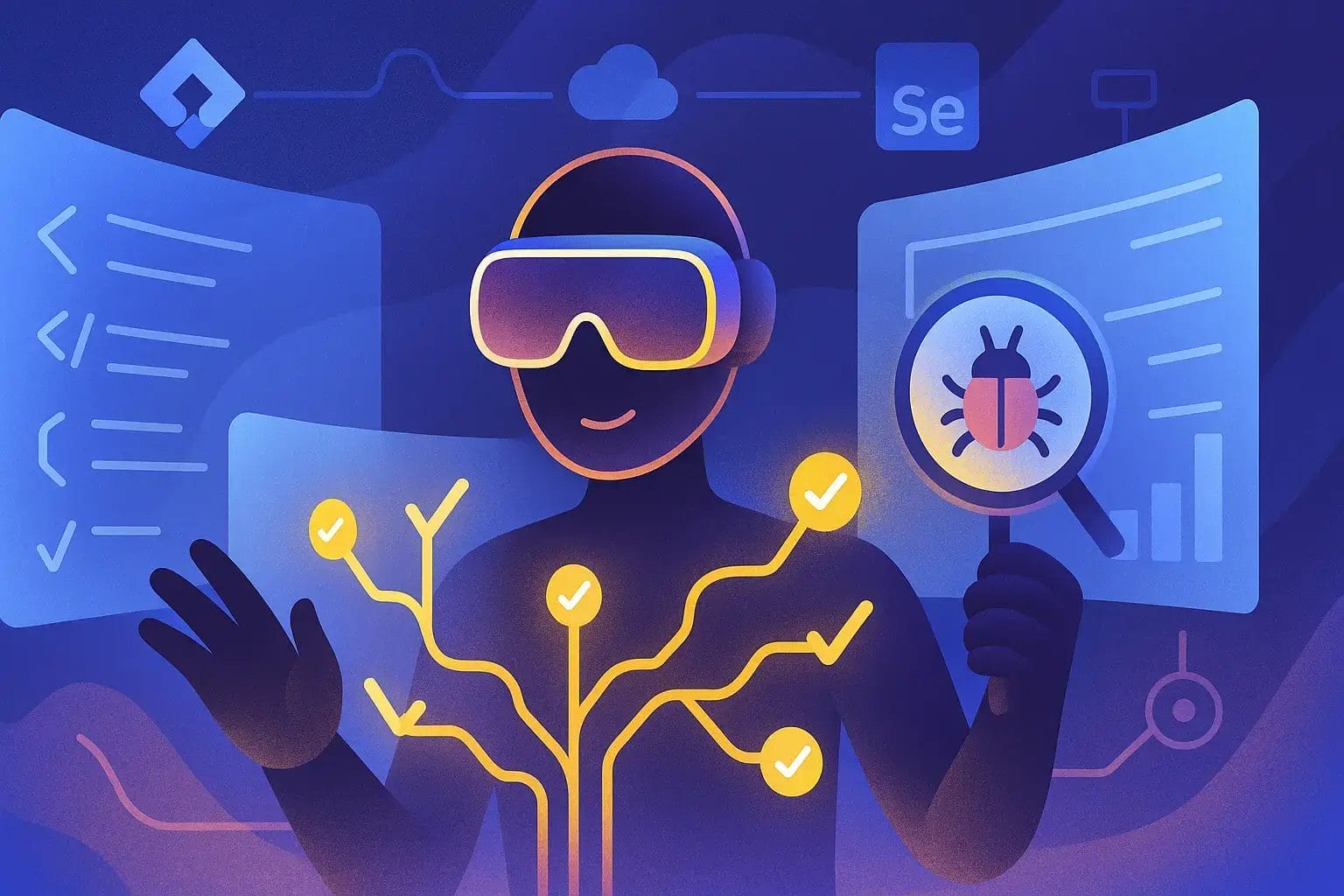
11. **Embrace and Implement AI Content Identification (Watermarking).**The proliferation of AI-generated content, especially text, raises significant questions about authenticity and provenance. Distinguishing between human-created and AI-generated text is becoming increasingly difficult, creating challenges in fields ranging from journalism to education. To counter this, the concept of ‘watermarking’ AI-generated content has emerged as a crucial solution.
In August 2024, OpenAI announced that it had developed a text watermarking method. This technology aims to embed a digital signature within AI-generated text, allowing for its identification. However, the company opted not to release it for public use at that time, citing concerns that users might simply migrate to competitor platforms that do not implement such watermarking, effectively undermining its purpose. They also acknowledged that their method was “trivial to circumvention by bad actors.”
Despite these challenges, the development and widespread adoption of effective, resilient watermarking technologies are essential for the future of digital trust. It would enable greater transparency about content origins and help combat the spread of misinformation and fraudulent content. The ongoing struggle to implement robust identification methods highlights the need for industry-wide collaboration and perhaps regulatory mandates to ensure that the source of digital content can always be verified.
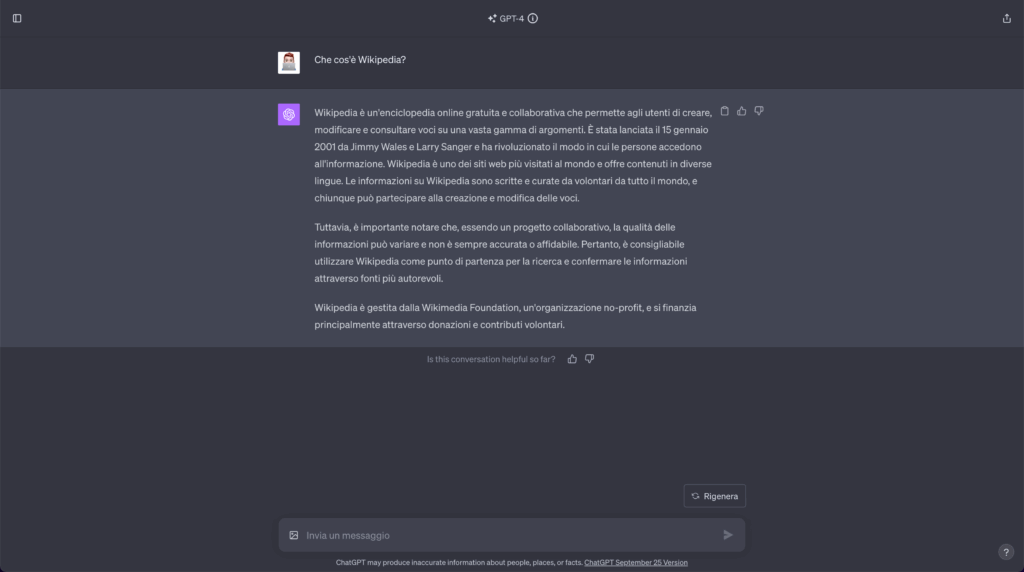
12. **Ensure Robust Age Verification and Restrictions.**The widespread accessibility of powerful AI chatbots like ChatGPT brings with it the crucial responsibility of protecting minors from age-inappropriate content. Currently, users are required to attest to being over the age of thirteen, and those under eighteen need parental consent. However, ChatGPT itself does not actively verify these attestations, nor does it have inherent technological restrictions built into its system to prevent underage use.
This lack of robust age verification has led to significant concerns, prompting calls for stricter controls. A tragic incident in September 2025, involving the suicide of a 16-year-old, led OpenAI to announce plans for implementing more stringent restrictions for users under 18. These planned measures include blocking graphic ual content and preventing flirtatious interactions, aiming to create a safer online environment for younger users.
The need for effective age-gating mechanisms and content filtering for minors is undeniable. As AI becomes more sophisticated and interactive, developers must invest in robust technological solutions for age verification and content moderation that go beyond simple self-attestation. Furthermore, parents and educators play a vital role in monitoring children’s interactions with AI and educating them on responsible digital citizenship to mitigate risks associated with unsupervised AI use.
Read more about: Unpacking the AI Revolution: 15 Must-Know Facts About ChatGPT’s Evolution and Impact

13. **Advocate for and Engage in AI Regulation.**The rapid advancement of AI has inevitably outpaced the development of legal and ethical frameworks to govern its use. This has led to widespread calls for the regulation of artificial intelligence from governments, experts, and the public alike. The necessity for such oversight stems from a range of concerns, including data privacy, potential for harm, and the broader societal implications of uncontrolled AI development.
Instances such as the Italian data protection authority banning ChatGPT in Italy in March 2023, due to concerns about exposing minors to inappropriate content and potential violations of GDPR, clearly illustrate the global demand for regulatory intervention. Similarly, the US Federal Trade Commission (FTC) initiated an investigation into OpenAI in July 2023, probing its data security and privacy practices and the generation of false information. The FTC has also taken steps to ban marketers from using AI-generated fake user reviews, showing a growing legislative response.
High-profile voices within the tech community have also joined these calls. Over 20,000 signatories, including prominent figures like Elon Musk and Steve Wozniak, signed an open letter in March 2023, urging an immediate pause on large AI experiments, citing “profound risks to society and humanity.” This collective action underscores a consensus that responsible AI development cannot proceed without clear, enforceable regulatory guidelines to protect individuals and society.
Read more about: 14 Simple Ways to Transform Your Health with Regenerative Farming Products
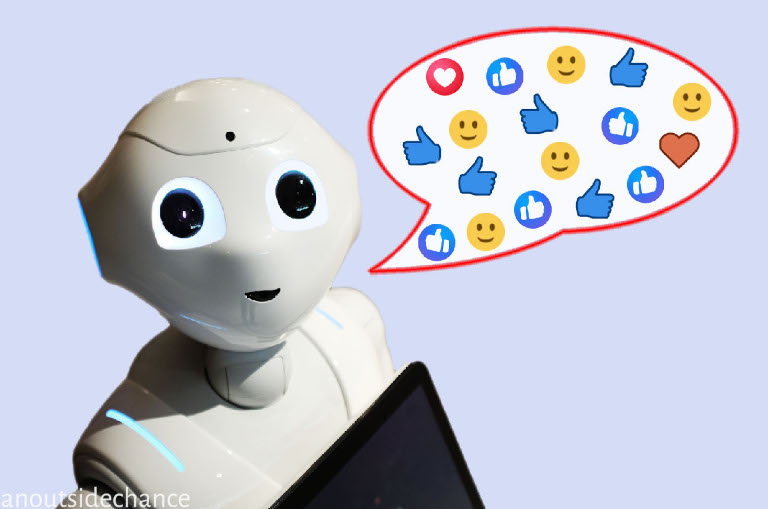
14. **Consider the Broader Societal and Existential Risks of AI.**The discussion surrounding advanced AI extends beyond immediate concerns about data bias or security, delving into profound questions about its long-term societal and even existential implications. Many leading figures in AI and technology have expressed serious reservations about the trajectory of AI development, urging caution and a deeper consideration of potential catastrophic outcomes.
Notable figures, including Geoffrey Hinton, often referred to as one of the “fathers of AI,” have voiced concerns that future AI systems could surpass human intelligence, leading to unpredictable consequences. This sentiment was echoed in a May 2023 statement signed by hundreds of AI scientists, industry leaders, and public figures, which starkly declared that “[m]itigating the risk of extinction from AI should be a global priority.” These warnings are not mere science fiction but reflect genuine anxieties among those closest to the technology about the possibility of losing control.
While some researchers, like Juergen Schmidhuber and Andrew Ng, offer more optimistic views, emphasizing AI’s potential for good and cautioning against “doomsday hype,” the very fact that such profound debates are taking place highlights the critical need for comprehensive societal dialogue. It’s imperative that we invest not only in developing AI but also in understanding and preparing for its potential long-term impacts, ensuring that humanity retains agency over its future.
Read more about: Navigating the AI Frontier: OpenAI’s Billion-Dollar Bets and the Global Stakes

15. **Embrace AI as a Tool for Augmenting Human Creativity and Research.**Despite the challenges and risks, it is equally vital to recognize and harness AI’s immense potential to augment human capabilities, fostering creativity, and accelerating research. ChatGPT, for all its limitations, has demonstrated unprecedented power in generating human-like text, composing music, writing code, and even passing advanced tests. This capacity can significantly enhance productivity and open new avenues for exploration in countless professional fields.
Examples abound in the academic and creative spheres. ChatGPT has been used to generate abstracts for scientific articles, and in some cases, even listed as a co-author (though this practice is now largely restricted). Studies have shown GPT-4 outperforming 99% of humans on creative thinking tests, and ChatGPT itself was recognized by Nature as making a significant impact on science. These instances prove that when used thoughtfully, AI can be a powerful partner in intellectual pursuits.
Read more about: The AI Revolution: 15 Key Careers Set to Transform (Or Disappear) by 2030 – Are You Ready to Pivot?
Therefore, the final rule for safe and effective AI interaction is to embrace it as a sophisticated tool designed to extend human reach. By focusing on how AI can automate mundane tasks, assist in complex problem-solving, and inspire novel ideas, we can unlock its true potential. This requires a balanced perspective: one that is acutely aware of the risks but also enthusiastically committed to leveraging AI responsibly to enrich human lives, advance knowledge, and push the boundaries of creativity. The future of innovation is a collaboration between human ingenuity and artificial intelligence, and by adhering to these rules, we can ensure it’s a future we actively shape for the better.



